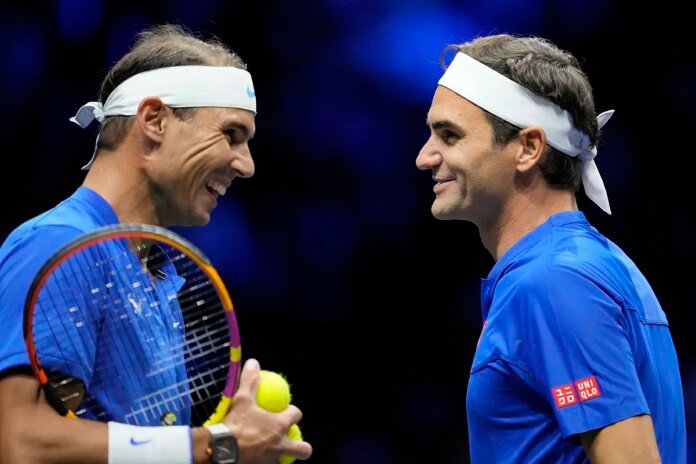UEFA bosses will focus on the historic rivalry between Roger Federer and Rafa Nadal as they look to tennis to figure out how to structure their Champions League format as the edition is set to change.
The source of inspiration is particularly how the pair were kept separate in Grand Slam seedings. This increased the chances of them meeting in the late stages of the competition, like the final. That was, of course, until Andy Murray and Novak Djokovic arrived to flip their dominance on its head.
This will allow football to almost “plan” clashes in advance, allowing the reputation and marketing of the game to flourish. They aim to do this by eliminating draws for the quarter-finals and semi-finals, meaning teams are 100 percent aware of the permutations.
Nadal met Federer in 40 contests across their time in tennis before the Swiss retired, with Nadal leading their head-to-head 24-16 across ATP events.
How will the new Champions League look?
The new format for the expanded Champions League will feature several key changes.
Firstly, the number of participating teams will increase from 32 to 36. Instead of the traditional group stage, there will now be a single league stage, where all 36 teams will compete. During this stage, each club will play at least 10 games against 10 different opponents, with five matches held at home and five away.
The top eight teams from the league stage will gain direct entry to the last-16 knockout stage, while teams ranked 9th to 24th will enter play-offs, with the eight winners also advancing to the knockout stage.
Additionally, the teams finishing first and second in the league stage after eight games will be seeded to ensure they do not face each other until the final. As a result, there will be no quarter-final or semi-final draws, as the route to the final will already be planned based on seeding.
Furthermore, teams failing to qualify for the Champions League will no longer drop into the Europa League, as this practice has been discontinued.
Overall, these changes aim to provide more opportunities for teams to compete, streamline the competition structure, allowing for minutes and schedules to be more precisely managed
Read the full article here


